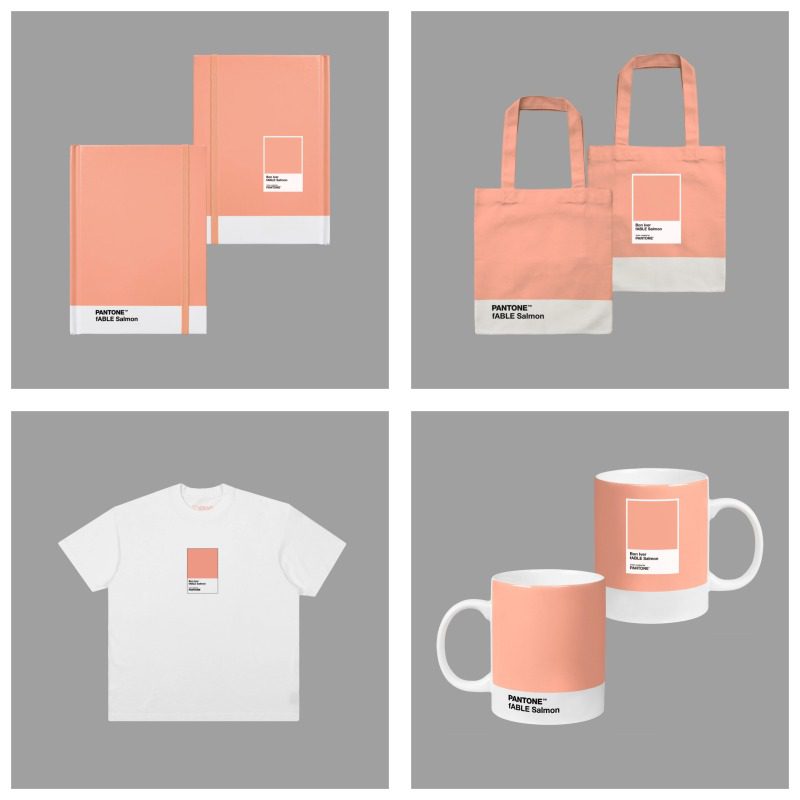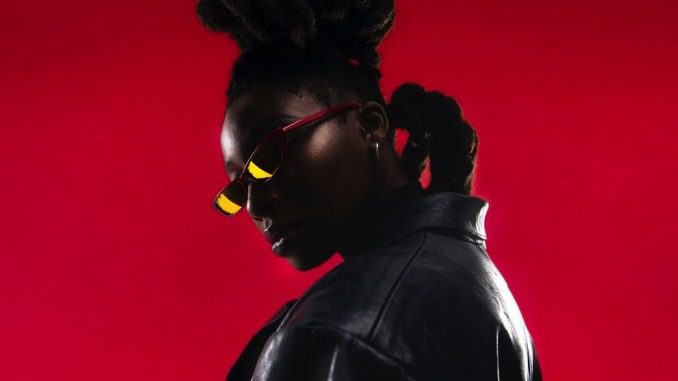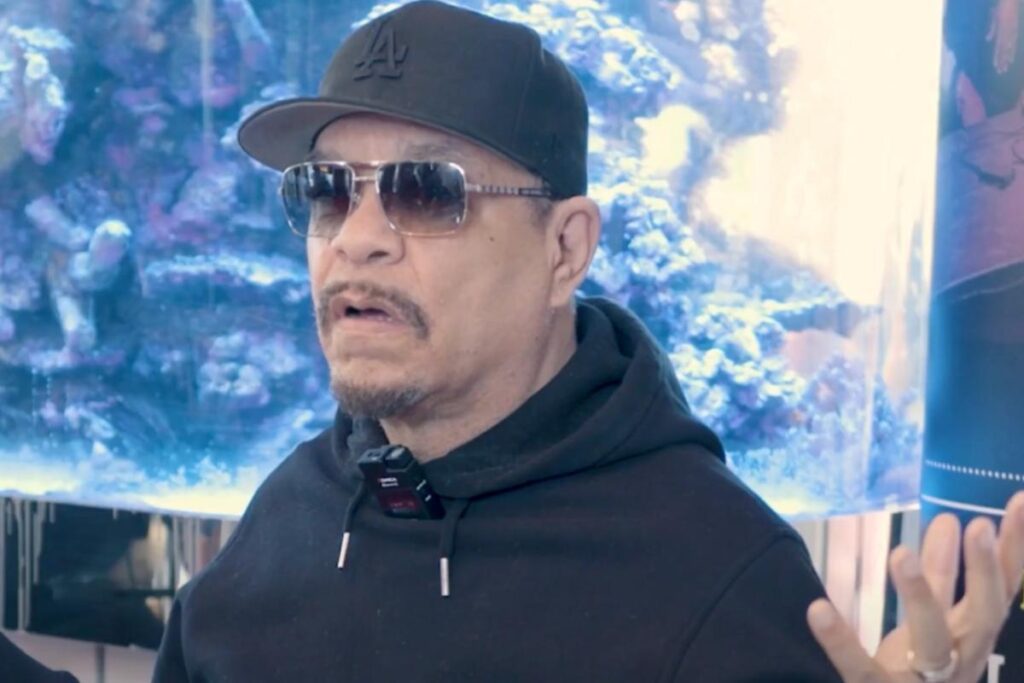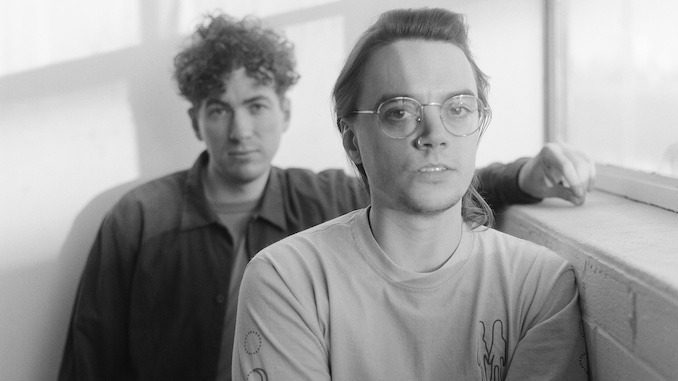When I was 13, I stood in front of an Yves Klein monochrome at a museum and felt the first stirrings of what would become a lifelong, petty, and (I would argue) righteous grudge. It wasn’t confusion about “modern art”; it was the wall plaque’s straight-faced insistence that Klein had invented a new shade of blue. Even as a child, I knew cobalt when I saw it. Claiming you created a new color, naming it after yourself, and then smearing it onto canvases using nude women as human paint rollers struck me as the most narcissistic combination of pretentiousness and misogyny the art world had ever pulled off. For years—until the Met removed its Klein—I made an annual pilgrimage just to flip off that canvas like a personal holiday tradition. All this to say: If someone announces they’ve created a new hue, I am uniquely predisposed, both professionally and spiritually, to roll my eyes hard enough to sprain something.
Which brings us, somehow, to Bon Iver.
Big news for the non-colorblind: Justin Vernon has teamed up with PANTONE—global arbiter of hue, guardian of the world’s color swatches—to unveil what they are calling “fABLE Salmon,” a newly standardized shade derived from the exact salmon-pink used across SABLE, fABLE, the group’s 2025 album: the cover art, the custom-dyed wardrobe in the album zine, even the 30-pound fish Justin Vernon posed with for photos. The color now arrives pre-packaged with the full Bon Iver Salmon Industrial Complex: notebooks, hoodies, candles, mood mists, spritzes, edible canned salmon—an entire commodified ecosystem whose existence suggests that somewhere a marketing department finally dared to ask, “What if an album cycle was an aisle at a home goods store?” It’s a little hard not to think back to that BoJack Horseman episode where Quentin Tarantulino (Tarantino as a tarantula, obviously) decided his upcoming film was best represented not via screen, but via “bi-monthly curated box of snacks.” As he crowed after unveiling the movie-turned-Edible-Arrangements-subscription: “This is the future of cinema!” In that case, perhaps this—fABLE Salmon color swatches and album branded canned fish—is the future of music.
And in this brave new world of audiovisual snack boxes, PANTONE arrives like the final boss: the entity you call when you want your branding to become not merely cohesive but ontologically binding. The fABLE Salmon announcement treats the hue like a metaphysical breakthrough—an “immortalized” entry in the “universal language of color”—which is a very elegant way of saying: “We have standardized Justin Vernon’s preferred shade of salmon so it can be reproduced across textiles, packaging, and whatever other collaborations arrive in its wake.” Vernon, for his part, is earnest. He talks about the emotional underpinnings of salmon as a tone: sunsets, the underside of human skin, a tattoo of a pink-bellied fish inspired by a Ticonderoga lyric, and the idea that this fleshy hue represents a “new me, with new flesh for a new healthy, happy person.”
There’s a sincerity here, albeit one undercut by the fact that we are, again, discussing an officially licensed PANTONE salmon that arrives pre-packaged with retail partnerships. The tension is so perfectly 2025 it might as well be taught in business schools: authenticity as lifestyle accessory, emotional symbolism as PANTONE chip. To his credit, Vernon doesn’t shy away from acknowledging the commodification of it all. “Every band, punk or pop, is in a commercial, capitalist space,” he says. “Black Flag has the best logo ever. I was like, ‘Let’s lean into that.’” But—and maybe this is just my preexisting Yves Klein bias speaking here—naming a color after yourself feels less like a “lean” than a full-body dive.
None of this means the color isn’t nice. Salmon is lovely! It is also, crucially, a color that has existed for quite some time now. As such, this isn’t a discovery but a claiming, a christening; Now, whenever you come across some lox in the wild, you’ll hear the opening to SABLE, fABLE in your head. But if we’ve had artists claiming shades since 1960, maybe it was only a matter of time before a musician claimed a feeling, then sold it back to us in packaging coordinated down to the decimal point of its warm-tone bias. And hey! If this is, in fact, the future of music—curated-snack-box-style—well, at least it pairs nicely with bagels.




